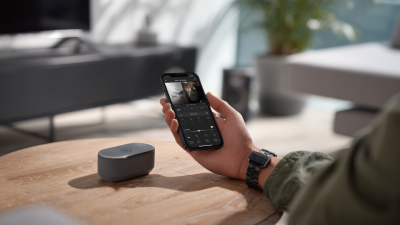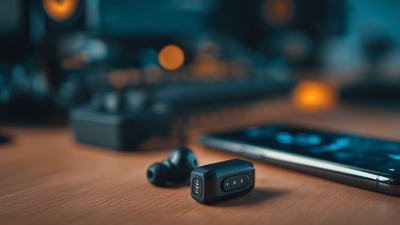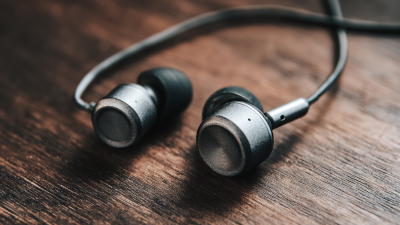Leave Your Message
-
Phone
-
E-mail
-
Whatsapp
The 138th China Import and Export Fair in 2025 is set to showcase groundbreaking trends in Wireless Bluetooth technology, which continues to evolve and penetrate various industries. According to a recent report by MarketsandMarkets, the global Bluetooth market is projected to grow from $6.95 billion in 2021 to $12.10 billion by 2026, reflecting a compound annual growth rate (CAGR) of 11.3%. This growth is driven by increasing demand for smart devices and the burgeoning Internet of Things (IoT) ecosystem. As a major platform for global trade and innovation, the Fair will highlight advancements in Wireless Bluetooth applications, such as in healthcare, automotive, and consumer electronics. Participants will have the opportunity to engage with the latest innovations, understand market dynamics, and explore the strategies driving industry leaders in this rapidly expanding field.
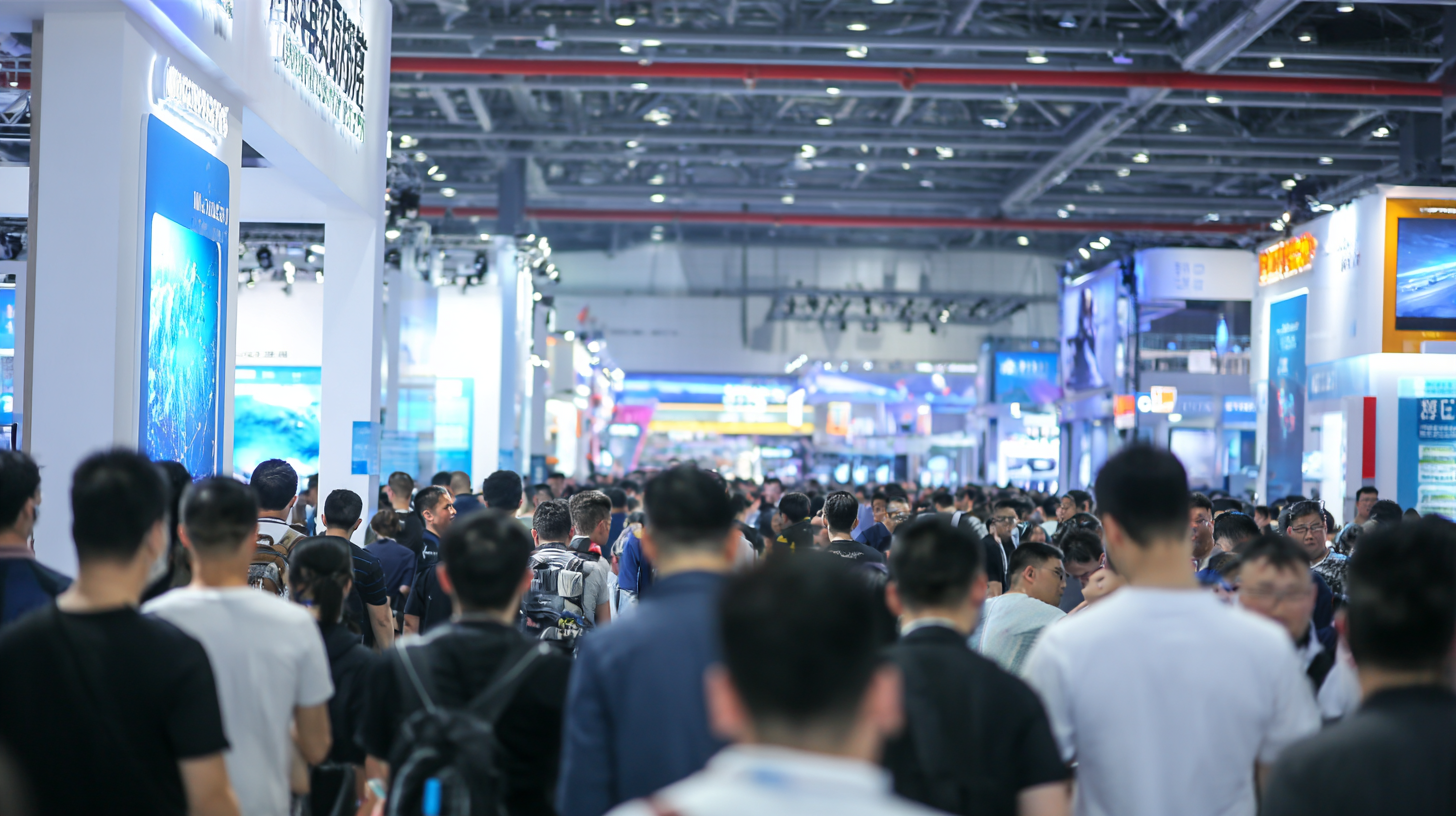
The 138th China Import and Export Fair, taking place from October 15 to November 4, 2025, serves as a pivotal platform for showcasing the latest innovations in Bluetooth technology. As wireless communication continues to evolve, the demand for enhanced connectivity solutions has seen a significant uptick, with market reports projecting the global Bluetooth market to reach USD 85 billion by 2027, growing at a CAGR of 10% from 2020. This growth is driven by increased adoption in various sectors, including automotive, healthcare, and consumer electronics, all of which are emphasized during the fair.
At the fair, technology leaders are expected to unveil innovations such as Bluetooth 5.2 and advancements in mesh networking capabilities, which enable more reliable and stable connections across multiple devices. The influx of smart home devices alone is anticipated to drive Bluetooth device shipments to over 5 billion units by 2026, highlighting the rapid integration of Bluetooth technology into daily life. Attendees at this year's event will have the opportunity to explore these advancements firsthand, witnessing how the latest innovations are poised to shape the future of wireless communication.
At the 138th China Import and Export Fair 2025, the spotlight will be on a diverse array of emerging wireless Bluetooth products and applications from leading brands. This year’s fair promises to unveil innovations that enhance connectivity and user experience, showcasing advancements in audio technology, wearable devices, and smart home systems. Industry leaders are expected to present cutting-edge Bluetooth speakers with superior sound quality and longer battery life, as well as headphones that integrate noise-cancellation features and voice assistant capabilities.
In addition to audio devices, the fair will highlight the latest wearable technology, including smartwatches and fitness trackers that utilize Bluetooth for seamless data synchronization with smartphones. These wearables offer health monitoring and activity tracking features, appealing to the growing health-conscious consumer market. Furthermore, inventive applications in smart home ecosystems will be featured, where users can control various devices—from lights to security systems—directly through their smartphones using Bluetooth technology. With these innovations, the exhibition aims to demonstrate how Bluetooth continues to reshape modern lifestyles and drive the future of connectivity.
The 138th China Import and Export Fair 2025 presents a significant platform for exploring the latest trends in
wireless Bluetooth technology. Insights gathered from industry experts reveal that the market is poised for notable growth,
particularly as consumer preferences shift towards more interconnected smart devices. As consumers increasingly embrace
the convenience of wireless solutions, trends indicate a surge in demand, paralleling the overall growth observed across various sectors.
For instance, the gourmet seasoning market is projected to grow from $49.74 billion in 2024 to
$67.54 billion by 2032, reflecting a compound annual growth rate (CAGR) of 3.89%.
Similarly, the luxury watch market shows a remarkable potential, expected to expand from $59.97 billion in 2025 to
$134.53 billion in 2032 with a CAGR of 12.23%.
These figures underscore a broader trend where consumer electronics, especially Bluetooth-enabled devices,
continue to integrate more with lifestyle products, driving innovation and
market evolution across various industries.
As the world embraces the transformative power of 5G technology, its impact on Bluetooth connectivity is becoming increasingly significant. The rapid advancements in 5G are setting the stage for enhanced Bluetooth applications, enabling lightning-fast data transfers and improved connectivity for smart devices. This synergy is particularly crucial for the Internet of Things (IoT), where seamless integration between Bluetooth-enabled devices and 5G networks can revolutionize industries ranging from healthcare to agriculture. Enhanced connectivity will not only facilitate real-time monitoring and data exchange but will also support the development of more intelligent systems that can optimize operational efficiency.
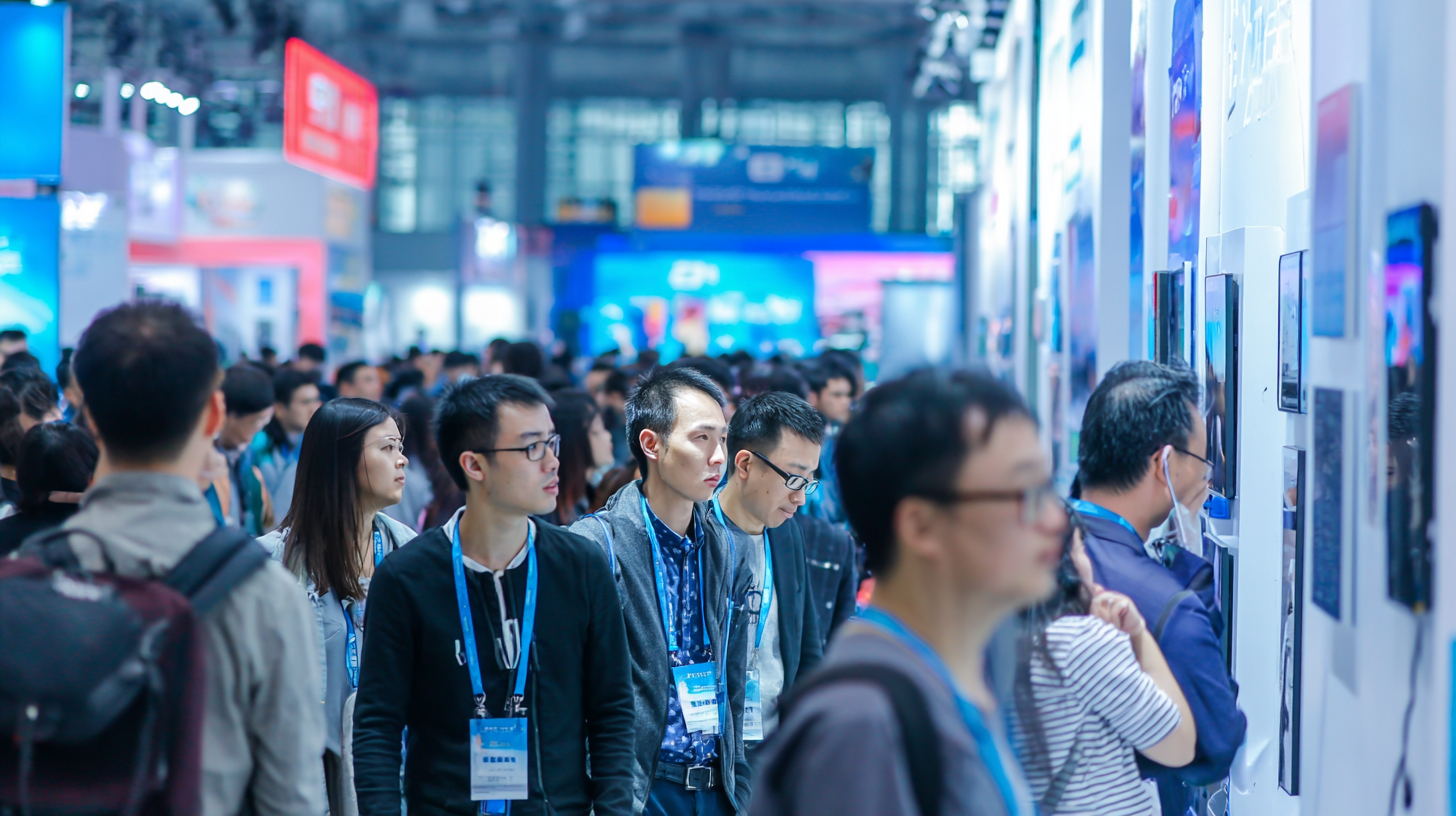
Moreover, as 5G reduces latency and increases capacity, the limitations traditionally faced by Bluetooth technology can be effectively addressed. The coexistence of Bluetooth and 5G will enable devices to share bandwidth more efficiently, mitigating issues like interference and congestion that currently hamper performance. This evolution signifies a leap toward more reliable and energy-efficient wireless communication, ultimately paving the way for innovative applications that leverage both Bluetooth and 5G capabilities, transforming how users interact with technology in their daily lives.
At the 138th China Import and Export Fair 2025, sustainability takes center stage, particularly in the realm of Bluetooth device manufacturing. As innovators gather to showcase the latest in wireless technology, a palpable shift towards eco-friendly practices is evident. Manufacturers are increasingly prioritizing the use of recyclable materials, energy-efficient production processes, and sustainable supply chain management. This trend not only appeals to environmentally conscious consumers but also aligns with global initiatives aimed at reducing electronic waste and promoting responsible consumption.
Tips: When considering the purchase of Bluetooth devices, look for brands that emphasize sustainability in their manufacturing processes. Opt for products made from recycled materials or those that come with biodegradable packaging. Additionally, consider supporting companies that have clear recycling programs for their devices, helping to minimize environmental impact even after the product's lifecycle.
The fair also highlights innovations in energy efficiency, with many companies developing Bluetooth devices that consume significantly less power. This not only contributes to sustainability but also enhances the overall user experience, as longer battery life translates to increased convenience. As the demand for eco-friendly technology rises, it's clear that sustainable practices are becoming integral to the future of Bluetooth manufacturing.
Tips: Research energy ratings of Bluetooth devices before purchasing. Devices that have lower power consumption can save you money on electricity while being better for the planet. Always check for certifications that indicate a product's environmental impact, making informed choices easier for consumers.

